“Through their guiding wisdom, enduring love of family, and inspiring commitment to country, older Americans continue to steer and enhance 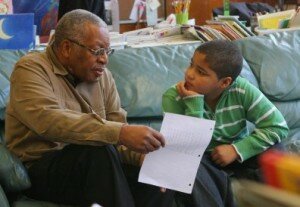 our national life.”- President Barack Obama
our national life.”- President Barack Obama
On May 1, 2012, President Barack Obama declared May: . The president stated that May should be a time for celebrating those who have contributed so much to our nation over their lifetime.
The Corporation for National and Community Service reports that older Americans have contributed 3 billion hours of service from 2008-2010. Although there are service groups that directly engage older Americans such as RSVP, Senior Corps, and AARP, how will your organization better engage this sector?
43% of Americans from age 55-64 engage in volunteering. Check out our tips below to learn how you can boost this statistic and embrace the skills and expertise that older Americans can offer to the service sector.
-
Activists: Many baby boomers come from a generation of activism. They desire a way to take a hold of this passion. Volunteer
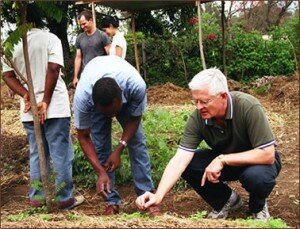 opportunities should be developed with this idea in mind. Whether your program is designed for neighborhood, community, or world activism, it is important to provide them a sense of fulfillment through service. Make sure that your organization’s mission is clear, so that baby boomers know they are volunteering for a specific cause. Allow older volunteers to form relationships through volunteering, it will make them feel more connected to the project.
opportunities should be developed with this idea in mind. Whether your program is designed for neighborhood, community, or world activism, it is important to provide them a sense of fulfillment through service. Make sure that your organization’s mission is clear, so that baby boomers know they are volunteering for a specific cause. Allow older volunteers to form relationships through volunteering, it will make them feel more connected to the project.
- Consumers: Older volunteers are sophisticated consumers who expect variety when making choices. Your organization should try to offer a variety of opportunities that will fulfill different interests and passions, so that older volunteers can find their niche. It is important that your organization offer a variety of short-term opportunities; to introduce beginners to volunteerism. Design projects to target specific groups to yield better results. Projects should also include skills that these specific audiences have developed over the years.
- Workers: Many baby boomers are overworked in their professional jobs. When older American retire, their biggest complaint tends to be loneliness and lack of relationships that they once had in their jobs. It is important to understand that fact when recruiting older volunteers. Service should be designed to offer meaningful relationships to volunteers, while employing their skills, as well. Projects should allow the baby boomer to feel a new sense of fulfillment that they once felt in their profession. Allow volunteers to play an active role in planning volunteer projects, to rid the stereotype of older volunteers. Offer incentives and chances for advancement to volunteers, as well. 54% of volunteers state that they would offer more time, if they received incentives to work.
It is important to engage this sector of adult volunteers when planning your next service project. Older volunteers have a great deal of information, skills, and commitment that they can give your organization. Celebrate older Americans this month by giving them a new fulfillment through volunteerism!
Does your organization engage older volunteers? We would love to hear your suggestions in the comments section below!

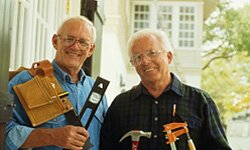
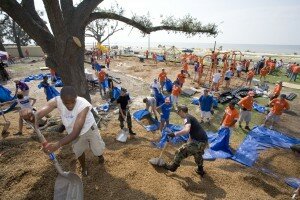 We absolutely love volunteers! Not just because we are a nonprofit organization focused on volunteer listings and opportunities, but also because they are just plain awesome! Why?
We absolutely love volunteers! Not just because we are a nonprofit organization focused on volunteer listings and opportunities, but also because they are just plain awesome! Why?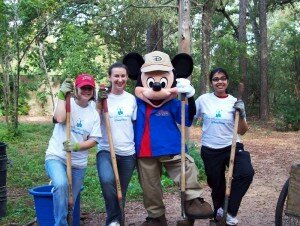 like without those 8.1 billion hours!
like without those 8.1 billion hours!

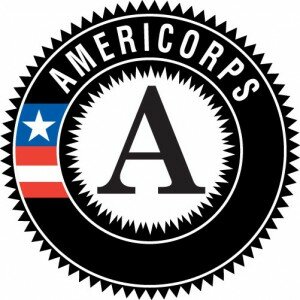 Hooray, hooray! Happy AmeriCorps Week everyone! Let’s kick off the week by explaining what exactly AmeriCorps is, in case you still do not know.
Hooray, hooray! Happy AmeriCorps Week everyone! Let’s kick off the week by explaining what exactly AmeriCorps is, in case you still do not know.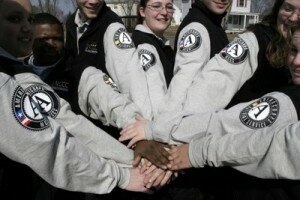 intensive service in community programs. Members have the opportunity to serve in a variety of agencies including faith-based, community organizations, higher education, and public agencies. Their goals are to raise awareness in the fields of education, environment, public safety, and health. They engage in direct service such as after-school tutoring, volunteer recruitment, and capacity building.
intensive service in community programs. Members have the opportunity to serve in a variety of agencies including faith-based, community organizations, higher education, and public agencies. Their goals are to raise awareness in the fields of education, environment, public safety, and health. They engage in direct service such as after-school tutoring, volunteer recruitment, and capacity building.
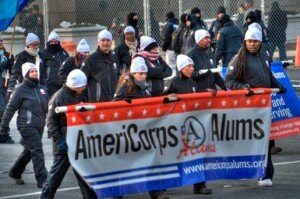 Civilian Community Corps. Their goal is to strengthen communities, while building leaders out of team service. NCCC members focus on aiding national crises.
Civilian Community Corps. Their goal is to strengthen communities, while building leaders out of team service. NCCC members focus on aiding national crises.




 Today’s post comes from Michelle Nunn, CEO of
Today’s post comes from Michelle Nunn, CEO of 


 This post comes from Joanne E. Cohen, M.A., Organizational Consultant, CTAT at
This post comes from Joanne E. Cohen, M.A., Organizational Consultant, CTAT at  Today’s post comes from Whitney Soenksen, External Relations Manager for AmeriCorps Alums
Today’s post comes from Whitney Soenksen, External Relations Manager for AmeriCorps Alums

